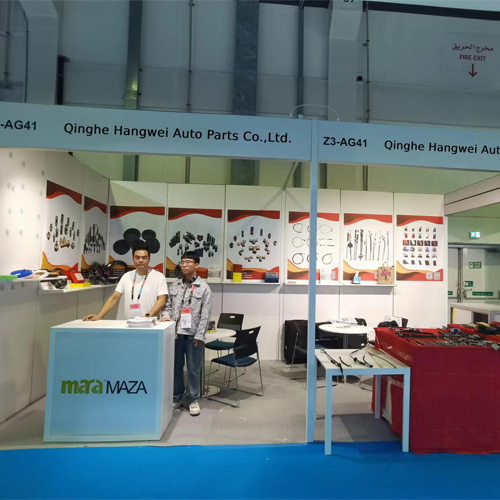dual throttle cable
Understanding Dual Throttle Cables Enhancing Performance and Control
In the world of motorcycling and automotive engineering, precision is paramount. One of the critical components that contribute to a smooth and responsive driving experience is the throttle cable system. Among the various configurations available, the dual throttle cable setup stands out for its enhanced performance and control, making it an essential topic for both enthusiasts and technical professionals.
The dual throttle cable system typically comprises two separate cables one for the throttle opening and the other for the throttle return. This arrangement is designed to ensure that the throttle response is both precise and reliable. When a rider or driver twists the throttle grip, the first cable pulls the throttle body open, allowing air and fuel into the engine. Simultaneously, the return cable ensures that the throttle closes smoothly and quickly when the grip is released, preventing any unintended acceleration.
One of the primary advantages of using dual throttle cables is the improved safety and control it offers. In single cable systems, a frayed or damaged cable can lead to catastrophic failure, leaving the throttle stuck in the open position. This safety risk is considerably mitigated with a dual cable setup, where the second cable acts as a backup, ensuring that the throttle can still return to its closed position even if one cable fails. This redundancy is crucial for high-performance vehicles and motorcycles where precise control over acceleration is a must.
dual throttle cable

Additionally, dual throttle cables can enhance the overall performance of the vehicle. They allow for more accurate tuning of the throttle response, enabling modifications that can improve the power delivery and acceleration of the engine. For performance enthusiasts, this means the ability to refine the throttle response for a more engaging driving experience, whether on the racetrack or the open road.
Installation of dual throttle cables requires a bit more effort and expertise compared to single cable systems. Mechanics and technicians need to ensure that both cables are properly routed and adjusted to maintain synchronization. An incorrect installation can lead to issues such as binding or delayed response, which would negate the benefits of having a dual system. Regular maintenance is also essential; periodic checks for wear and tear, lubrication, and adjustment will help maintain optimal performance.
Moreover, as technology evolves, many modern vehicles are moving towards electronic throttle control (ETC) systems, which replace traditional cables with sensors and actuators. However, the principles of control and performance still apply, and enthusiasts often prefer the tactile, mechanical feedback that dual throttle cables provide.
In conclusion, the dual throttle cable system plays a vital role in the performance and safety of many vehicles. By offering improved control, enhanced safety, and the ability to fine-tune throttle response, it remains a favored choice among both manufacturers and enthusiasts alike. Understanding this system's importance and functionality is essential for anyone interested in the mechanics of automotive and motorcycle performance.
-
Workings of Clutch Pipe and Hose SystemsNewsJun.04,2025
-
The Inner Workings of Hand Brake Cable SystemsNewsJun.04,2025
-
The Secrets of Throttle and Accelerator CablesNewsJun.04,2025
-
The Hidden Lifeline of Your Transmission Gear Shift CablesNewsJun.04,2025
-
Demystifying Gear Cables and Shift LinkagesNewsJun.04,2025
-
Decoding Clutch Line Systems A Comprehensive GuideNewsJun.04,2025
